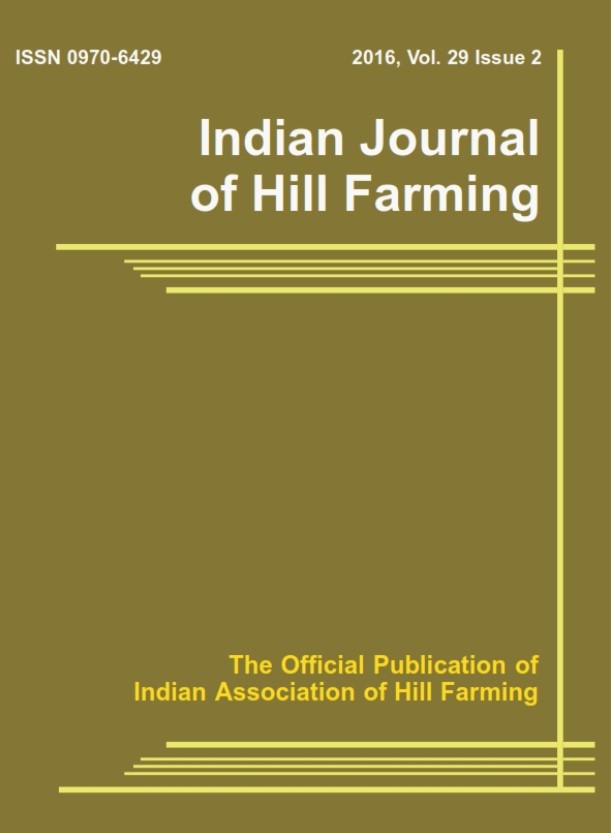Soil Characteristics in the Disturbed and Undisturbed Plots of a Sal (Shorea robusta) Forest in the Shiwaliks of Indian Himalayan Region
DOI:
https://doi.org/10.56678/Keywords:
Soil, Nutrient, Disturbance, ForestsAbstract
In the Uttarakhand Shiwaliks, tropical moist forests dominate and amongst the dominant
trees, Shorea robusta marks maximum abundance that governs the quality of soil in the
region and enables net primary productivity. Sal tree has good leaf area to harness carbon
from the atmosphere and accumulate in their biomass leading to carbon sequestration.
Reportedly, litter fall rate is substantial to add much organic matter in to the soil through
decomposition process. Eventually, the soils in the sal forests shall provide a good habitat
for decomposing microorganisms that mineralize the nutrients and also helps in the
accumulation of Soil organic carbon in a much more labile form. Understanding the soil
properties following forest disturbances is important for developing strategies for the
restoration and management of degraded lands. The present study was conducted in a sal
forest at two soil depths (0-5 and 5-15 cm) in a disturbed and undisturbed plot. The results
revealed disturbance resulted in considerable increase in air temperature and light intensity
in the forest and decline in the soil nutrients concentration. Correlation revealed that soil
moisture content was negatively correlated with clay content in the disturbed plot, whereas
they were positively correlated with each other in the undisturbed site. Soil organic carbon
and soil nitrogen content were positively correlated with each other in both the study sites.
Published
Issue
Section
License

This work is licensed under a Creative Commons Attribution-NonCommercial-NoDerivatives 4.0 International License.




